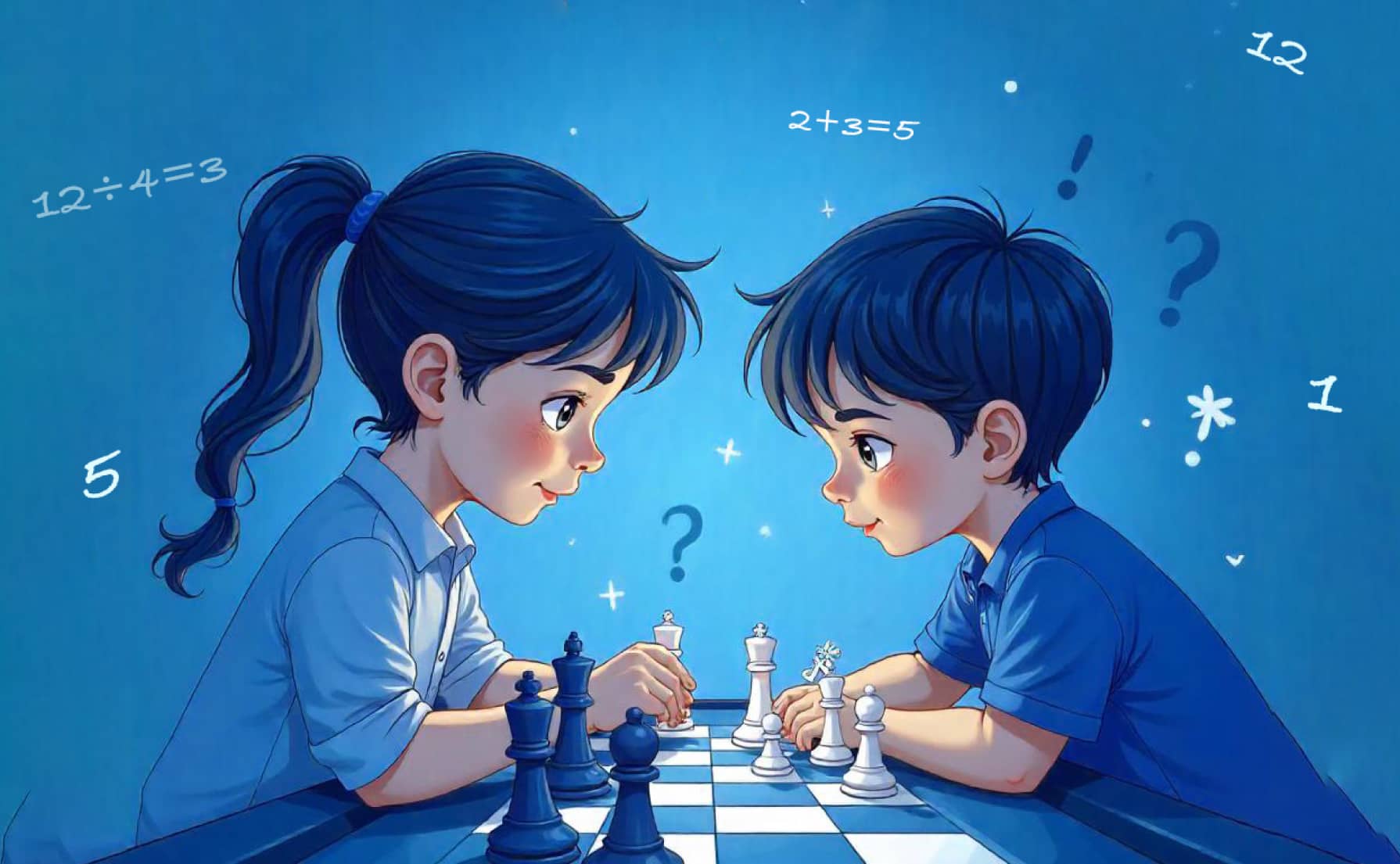
When it comes to chess and mathematics, it's hard to separate the two. After all, chess is often referred to as "the game of kings and mathematicians." But what is it about these two subjects that makes them so intertwined? And how can knowledge of one help with the other?
First of all, chess is a game that requires a lot of strategic thinking and problem-solving. Players must constantly think several moves ahead, calculating the potential outcomes of each move they make. This is where mathematics comes into play. To be successful at chess, players must have a solid understanding of concepts such as probability, logic, and geometry.
For example, understanding probability can help a chess player calculate the likelihood of certain moves being made by their opponent, giving them an edge in predicting the next move. Similarly, geometry comes into play when analyzing the positioning of pieces on the board and determining how to maneuver them effectively.
But it's not just chess players who can benefit from knowledge of mathematics. Mathematicians can also gain valuable insights from the game of chess. Chess requires players to think critically and creatively, which are both essential skills for mathematicians. Additionally, the game's emphasis on logic and strategy can help mathematicians develop better problem-solving abilities.
Let’s not forget the fun part — chess can be a great way to make math more engaging and accessible for kids. Instead of just solving equations on paper, they can apply their math skills to a game that is both challenging and exciting. By learning chess, kids can develop important critical thinking skills that will serve them well not only in math class but also in life.
In conclusion, math and chess are like two peas in a pod. Both subjects require strategic thinking and problem-solving, and knowledge of one can greatly enhance understanding and proficiency in the other. Most importantly, learning chess can be a fun and interactive way to make math more engaging and accessible for kids. So, the next time you’re playing chess, remember — you’re not just playing a game, you're also doing math!
